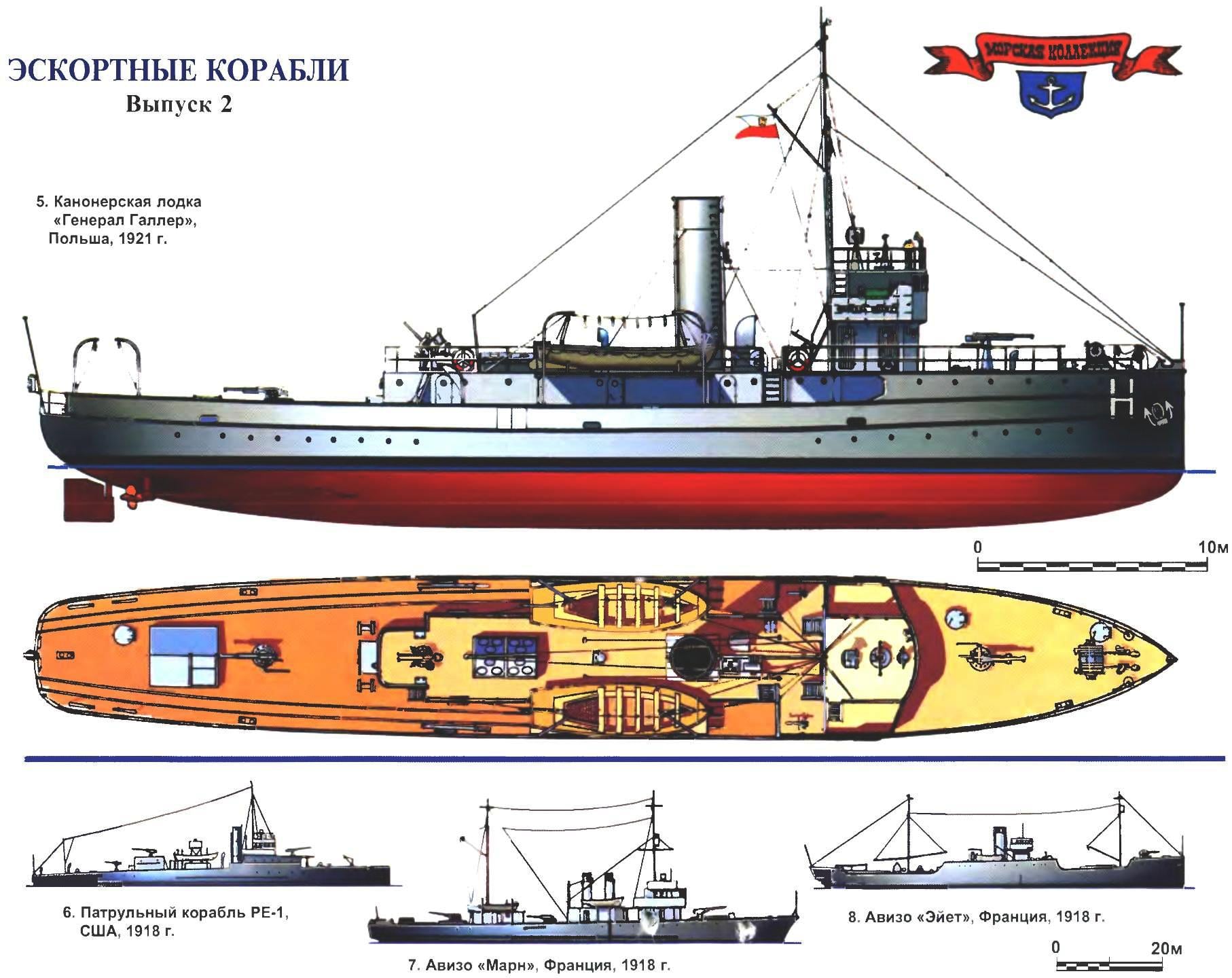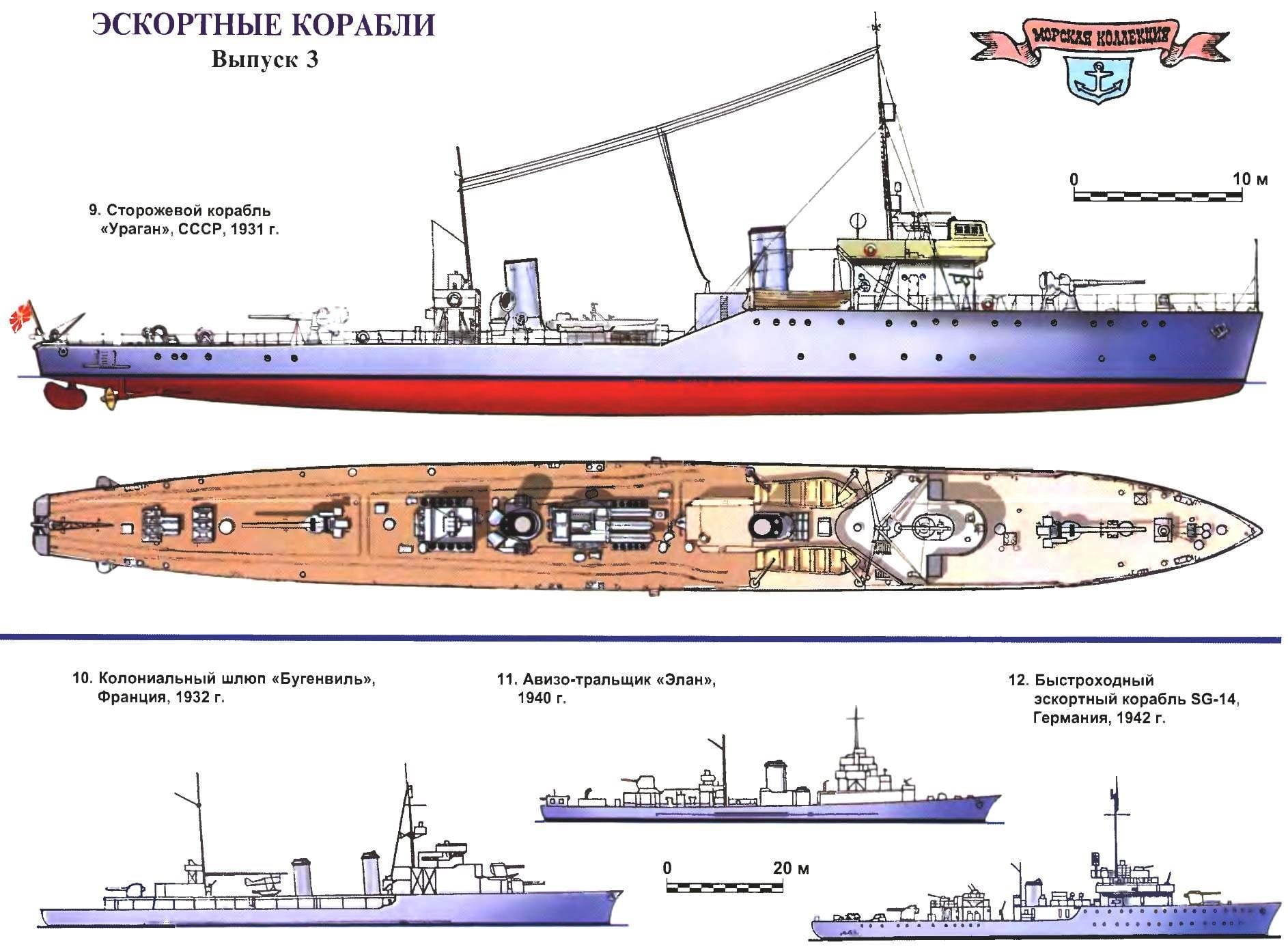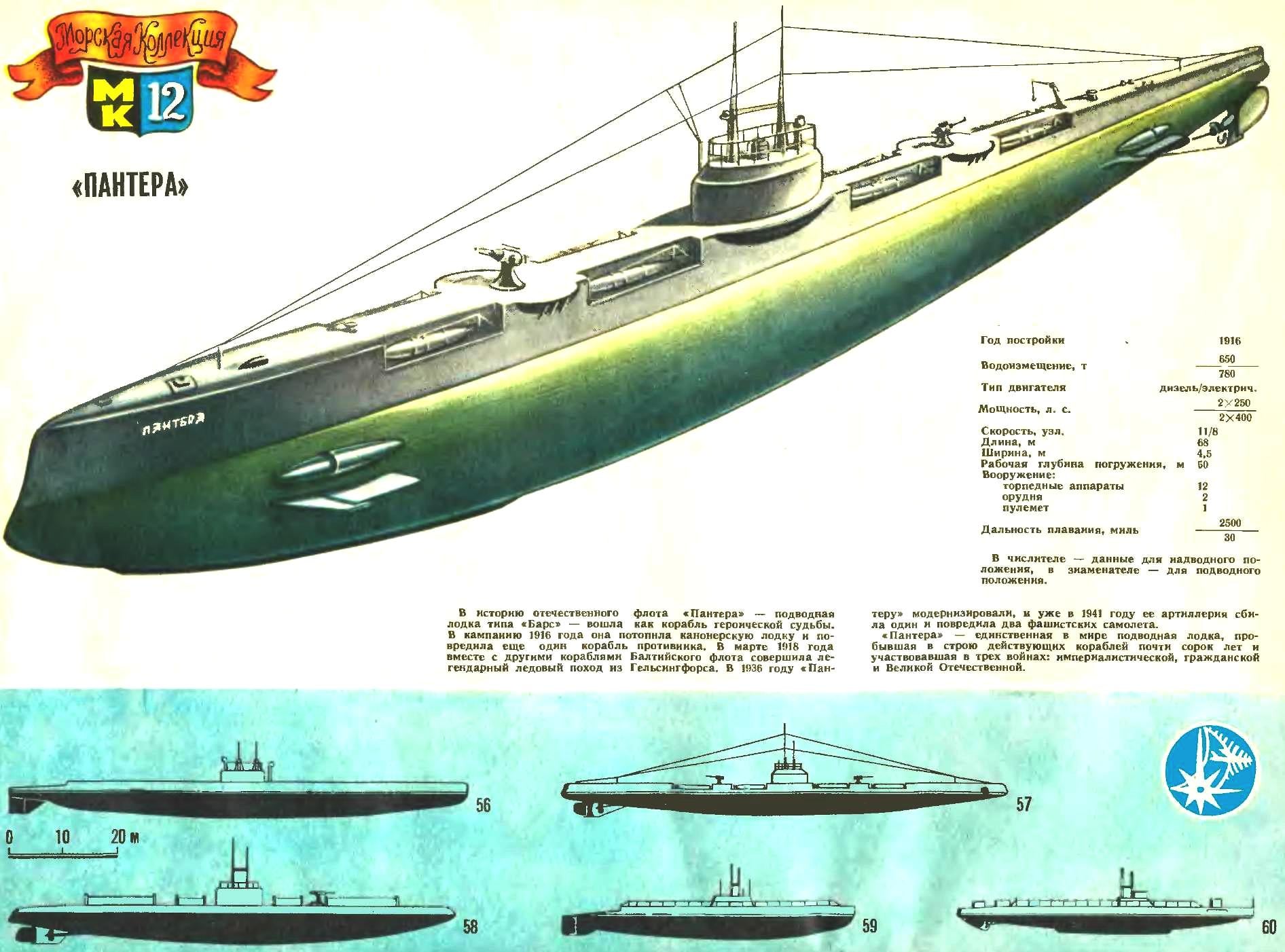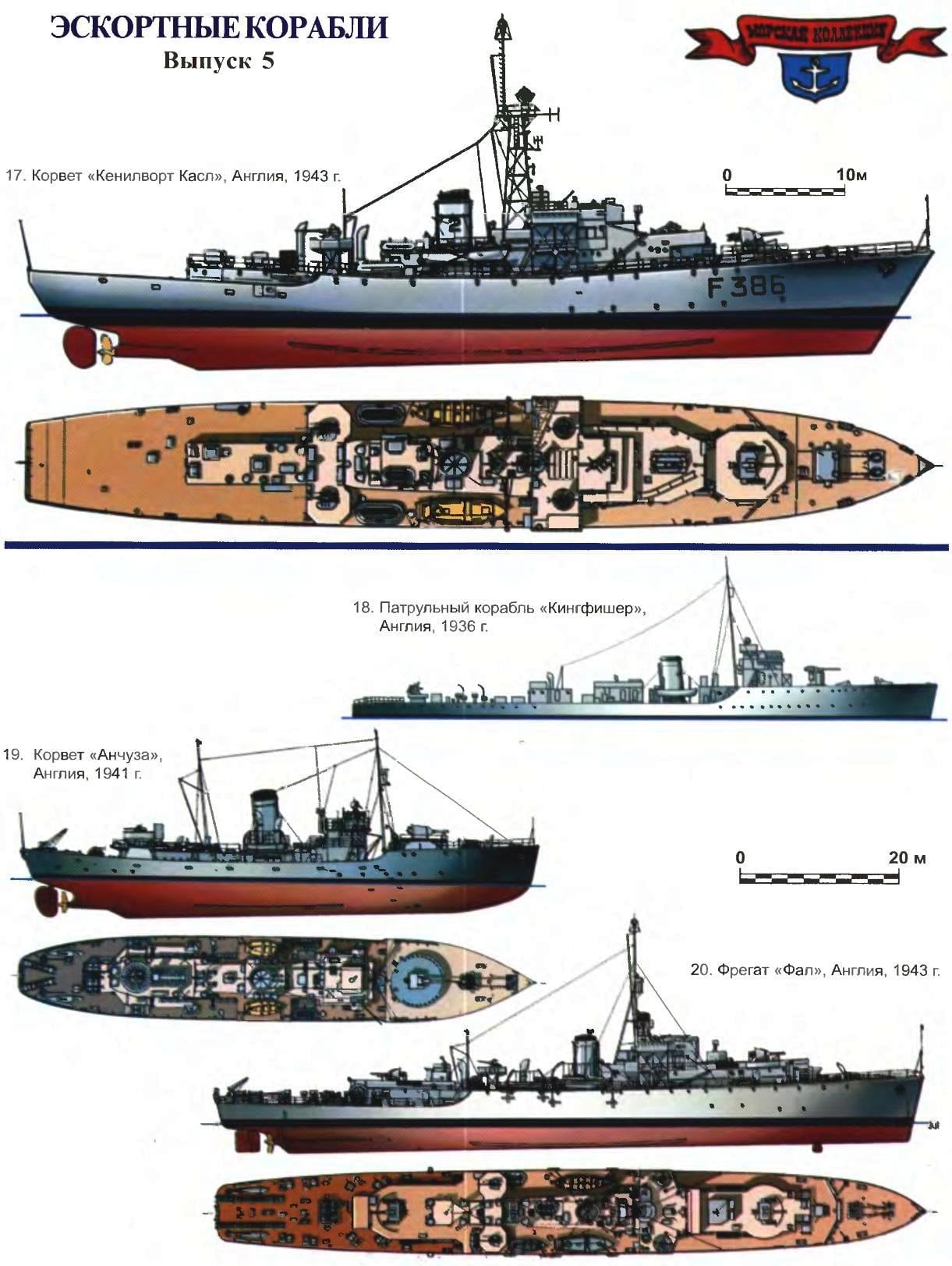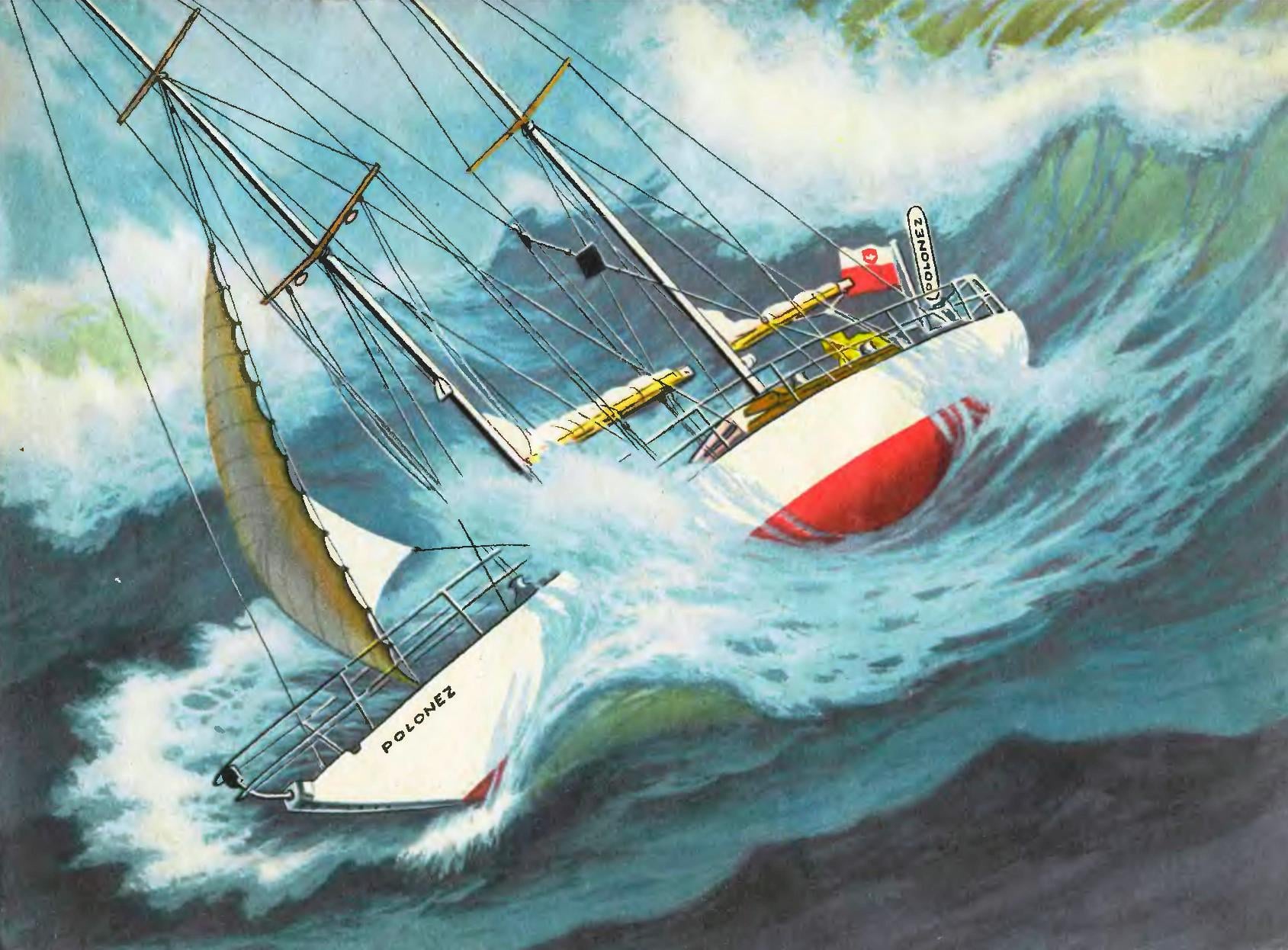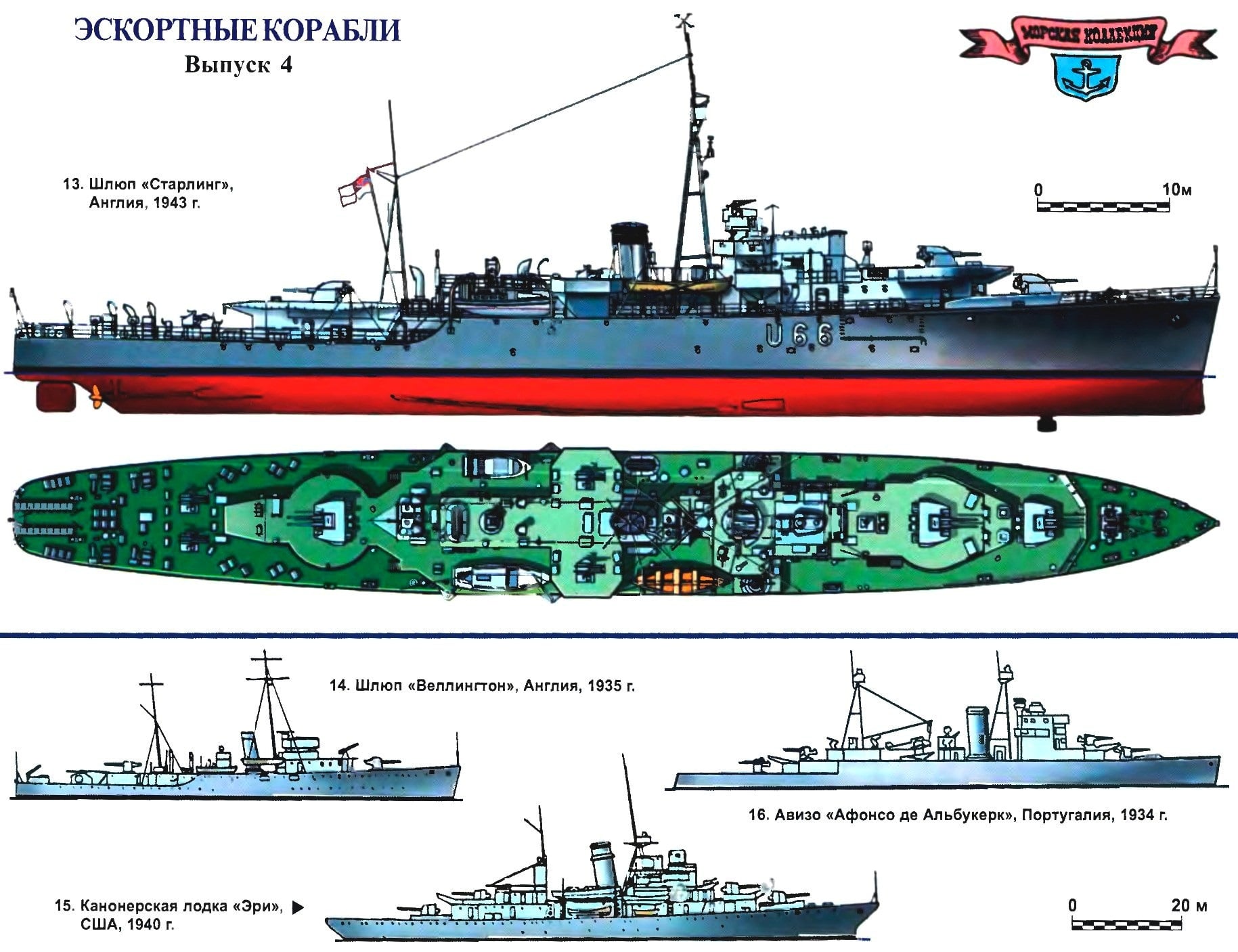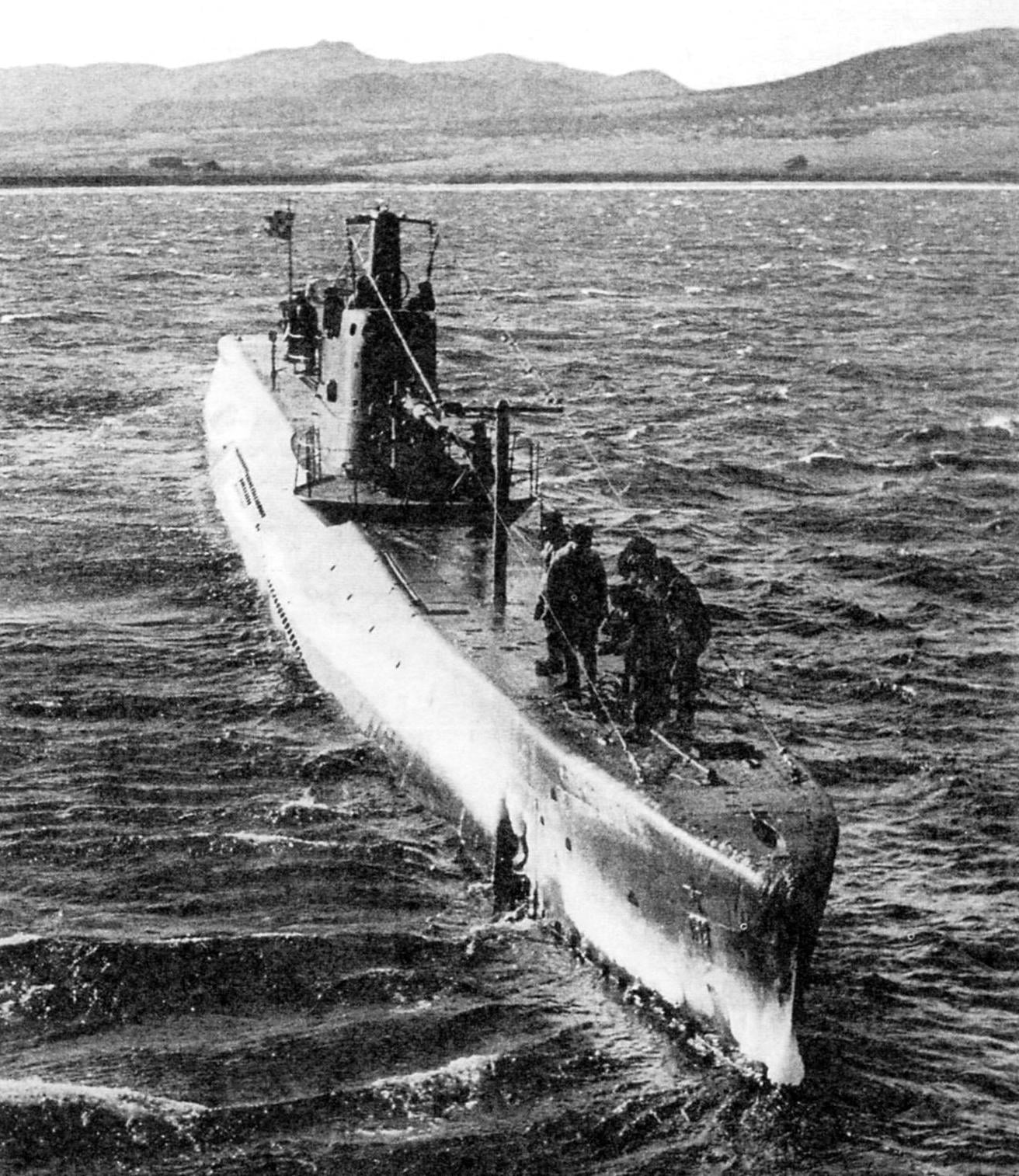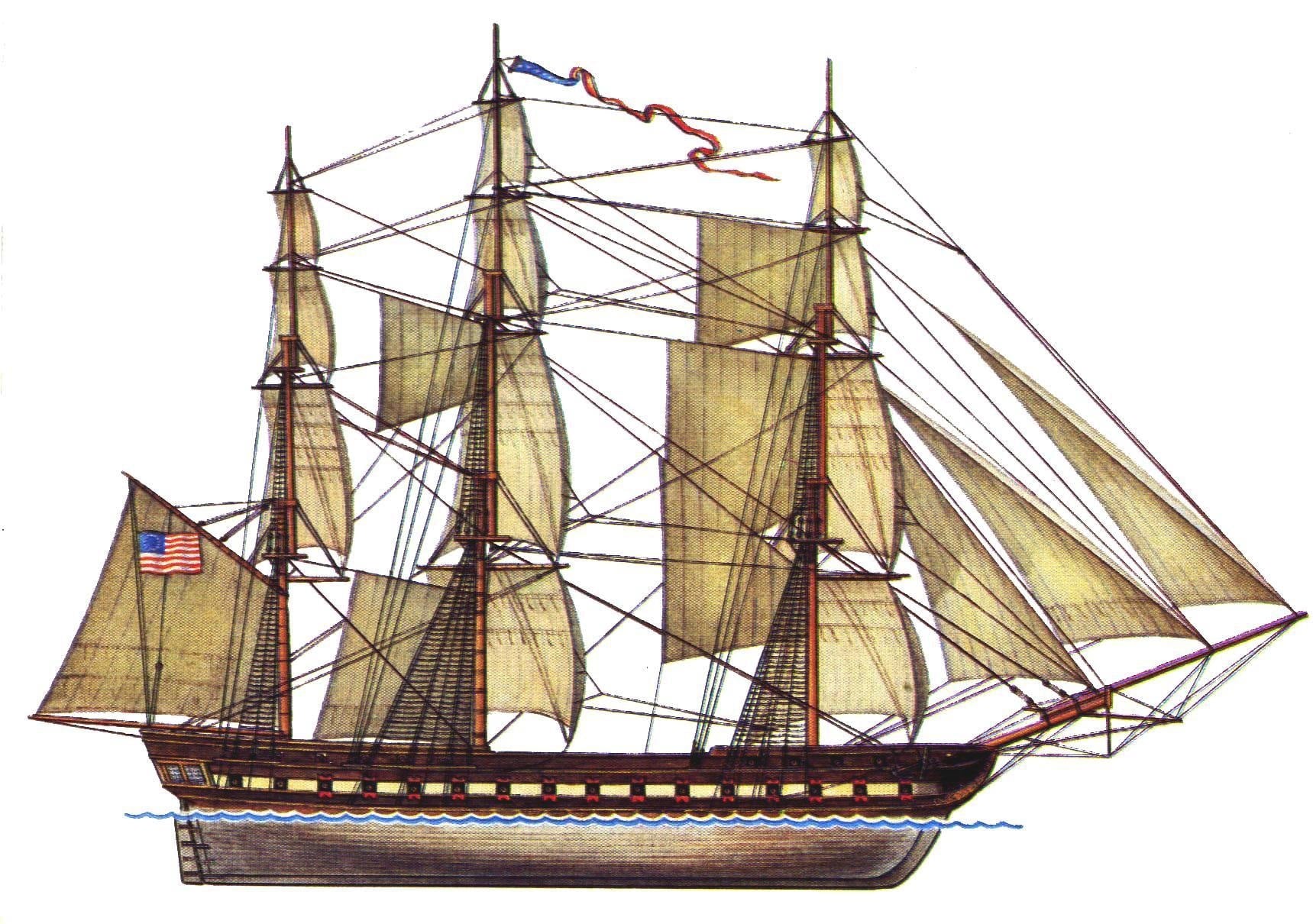 The United States waited almost three years before entered the First world war. And during this time the leadership of the naval Ministry was attentively get accustomed to all the innovations in the navies of the warring countries. Naturally, the greatest interest was aroused by the shipbuilding “mistress of the seas”. United States delegate to the London group of admirals and naval analysts led by Admiral Simms — they had to carefully study the successes and failures of their colleagues from the British Admiralty.
The United States waited almost three years before entered the First world war. And during this time the leadership of the naval Ministry was attentively get accustomed to all the innovations in the navies of the warring countries. Naturally, the greatest interest was aroused by the shipbuilding “mistress of the seas”. United States delegate to the London group of admirals and naval analysts led by Admiral Simms — they had to carefully study the successes and failures of their colleagues from the British Admiralty.
Marine
“THE DIVISION OF THE BAD WEATHER”
 The first world war, two revolutions, civil war and destruction… the Trials that befell Russia in the first quarter of the twentieth century, it seemed, forever had to delete it from among the great Maritime powers. By the mid 20-ies of even the most capable Naval forces in the Baltic sea consisted in the ranks of only eight destroyers-“Novikov”. With the most acute shortage of vehicles for daily service — minesweepers, chokes, patrol. Combat experience witnessed in the coastal waters and restricted Maritime theatres of the inconspicuous role of these warships can not be overestimated.
The first world war, two revolutions, civil war and destruction… the Trials that befell Russia in the first quarter of the twentieth century, it seemed, forever had to delete it from among the great Maritime powers. By the mid 20-ies of even the most capable Naval forces in the Baltic sea consisted in the ranks of only eight destroyers-“Novikov”. With the most acute shortage of vehicles for daily service — minesweepers, chokes, patrol. Combat experience witnessed in the coastal waters and restricted Maritime theatres of the inconspicuous role of these warships can not be overestimated.
THE LAST BOAT BUBNOVA
 The tragic outcome of the Russian-японскоq war aroused in naval circles many contradictory opinions about how to be newly created Russian fleet. Considerable attention in these debates and discussions was placed on submarines.
The tragic outcome of the Russian-японскоq war aroused in naval circles many contradictory opinions about how to be newly created Russian fleet. Considerable attention in these debates and discussions was placed on submarines.FRIGATES AND CORVETTES
 Not to say that after the First world war, the British did not think about the problems of a future war, but their reasonable ideas are embodied in a metal surprisingly slowly. For example, the Admiralty issued an order for a new patrol and guards of the court only after their predecessors came almost to a complete standstill, having exhausted their resources. As a result, by the time of Hitler’s attack on Poland “mistress of the seas” had only six small patrol ships of the “Kingfisher”, and three were in the same building.
Not to say that after the First world war, the British did not think about the problems of a future war, but their reasonable ideas are embodied in a metal surprisingly slowly. For example, the Admiralty issued an order for a new patrol and guards of the court only after their predecessors came almost to a complete standstill, having exhausted their resources. As a result, by the time of Hitler’s attack on Poland “mistress of the seas” had only six small patrol ships of the “Kingfisher”, and three were in the same building.
“POLONAISE” BY VLADIMIR BARANOVSKY
 The first time I saw “Polonaise” in the picture. He was standing on one of the Central squares of Warsaw, surrounded by a dense ring of spectators. Interest in the yacht and its captain, engineer and journalist Krzysztof Baranovsky was extremely well-deserved. The first among the poles and the thirteenth in the world, he skirted “an old cannibal” — Cape horn — solo.
The first time I saw “Polonaise” in the picture. He was standing on one of the Central squares of Warsaw, surrounded by a dense ring of spectators. Interest in the yacht and its captain, engineer and journalist Krzysztof Baranovsky was extremely well-deserved. The first among the poles and the thirteenth in the world, he skirted “an old cannibal” — Cape horn — solo.RIVALS CRUISERS
 By the end of the First world war the British Navy had a fair amount of patrol type “flower”, but at the end of the 1920-ies it became clear that these hastily built ships will be developed very quickly. Therefore, the renewal of the composition of forces escort and protection, the British started ahead of time.
By the end of the First world war the British Navy had a fair amount of patrol type “flower”, but at the end of the 1920-ies it became clear that these hastily built ships will be developed very quickly. Therefore, the renewal of the composition of forces escort and protection, the British started ahead of time.
SUCH A DIFFICULT REVIVAL
 The hardest for Russia the First world war, followed by even more destructive for the country’s civil war, rejected the Navy powers for many years. The winning “red” had to use the pieces of the former “Imperial” power. This was the case with the submarines. In the 1920-ies in the system was gradually introduced surviving pre-war units, and not always the best. Rather, the best preserved, which can be put into service without a Herculean effort and cost. As for the future, the legacy remained a motley bunch of projects for the development of domestic “leopards” overseas “Holland” and “products” of the Italian Laurent, who were in very different stages of development. An important problem was that the cut for several years by the global military-technical thought Soviet Russia could not make good use of the experience gained in the development and operation of submarines in other countries during world war II.
The hardest for Russia the First world war, followed by even more destructive for the country’s civil war, rejected the Navy powers for many years. The winning “red” had to use the pieces of the former “Imperial” power. This was the case with the submarines. In the 1920-ies in the system was gradually introduced surviving pre-war units, and not always the best. Rather, the best preserved, which can be put into service without a Herculean effort and cost. As for the future, the legacy remained a motley bunch of projects for the development of domestic “leopards” overseas “Holland” and “products” of the Italian Laurent, who were in very different stages of development. An important problem was that the cut for several years by the global military-technical thought Soviet Russia could not make good use of the experience gained in the development and operation of submarines in other countries during world war II.
BAIT AND HUNTERS
 Only six months after the outbreak of the First world war Britain, the strongest Maritime power, it seemed, had no rivals on the oceans, was in dire Straits. New, not taken seriously weapons — submarines — now threatened to “foggy Albion” hunger and deprivation.
Only six months after the outbreak of the First world war Britain, the strongest Maritime power, it seemed, had no rivals on the oceans, was in dire Straits. New, not taken seriously weapons — submarines — now threatened to “foggy Albion” hunger and deprivation.
THE HEIRS “ICELANDIC” SCHOONERS
 In the second half of the nineteenth century the fishermen of the Atlantic coast of France, and especially popular were the so-called “Icelandic” schooner — two-masted wooden vessels with increased width of the body and good seakeeping. Despite its modest size, they could make long voyages and endured serious storm. The peculiarity of their snap was that all the sails (including direct marceli) were placed and were removed directly from the deck, as the modern yacht is allowed to increase safety during inclement weather. On fishing schooners usually left to the shores of Iceland — from this came their name.
In the second half of the nineteenth century the fishermen of the Atlantic coast of France, and especially popular were the so-called “Icelandic” schooner — two-masted wooden vessels with increased width of the body and good seakeeping. Despite its modest size, they could make long voyages and endured serious storm. The peculiarity of their snap was that all the sails (including direct marceli) were placed and were removed directly from the deck, as the modern yacht is allowed to increase safety during inclement weather. On fishing schooners usually left to the shores of Iceland — from this came their name.THE LEGENDARY “VARYAG”

 Exactly one hundred years ago the name of this ship became known around the world. On the morning of 9 February (January 27 old style), 1904 the cruiser “Varyag” was on the RAID of the Korean port of Chemulpo, when his commander—captain 1st rank V. F. Rudnev received the news of the outbreak of the war with Japan. By this time, the exit of the Bay blocked the enemy fleet and the Japanese offered the Russians to surrender. Despite the fact that the enemy was a clear superiority in forces, the Russian Navy rejected the offer and took the challenge coming to an unequal battle. At 11.20 both caught in a neutral port, the Russian ships— the cruiser “Varyag” and the gunboat “Korean” weighed anchor and headed to Sea. “We saluted those heroes who so proudly marching to certain death,” — so expressed his admiration for the witness of the battle, the commander of the French cruiser “Pascal” V. Sanes…
Exactly one hundred years ago the name of this ship became known around the world. On the morning of 9 February (January 27 old style), 1904 the cruiser “Varyag” was on the RAID of the Korean port of Chemulpo, when his commander—captain 1st rank V. F. Rudnev received the news of the outbreak of the war with Japan. By this time, the exit of the Bay blocked the enemy fleet and the Japanese offered the Russians to surrender. Despite the fact that the enemy was a clear superiority in forces, the Russian Navy rejected the offer and took the challenge coming to an unequal battle. At 11.20 both caught in a neutral port, the Russian ships— the cruiser “Varyag” and the gunboat “Korean” weighed anchor and headed to Sea. “We saluted those heroes who so proudly marching to certain death,” — so expressed his admiration for the witness of the battle, the commander of the French cruiser “Pascal” V. Sanes…